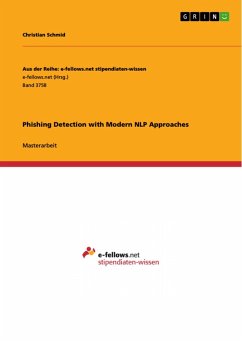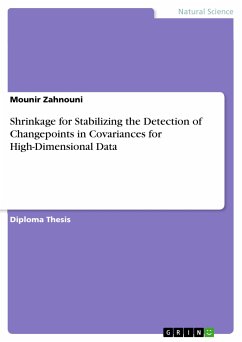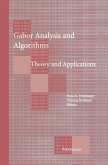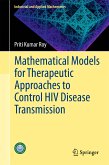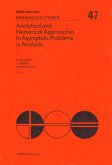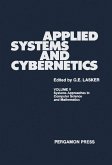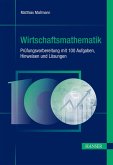Masterarbeit aus dem Jahr 2020 im Fachbereich Mathematik - Sonstiges, Note: 1,3, Universität Ulm, Sprache: Deutsch, Abstract: Phishing is a form of identity theft that combines social engineering techniques and sophisticated attack vectors to fraudulently gain confidential information of unsuspecting consumers. To prevent successful phishing attacks, there are several approaches to detect and block phishing emails. In this work, we apply a number of modern transformer based machine learning methods for phishing email detection. Typically, phishing messages imitate trustworthy sources and request information via some form of electronic communication. The most frequent attack route is via email where phishers often try to persuade the email recipients to perform an action. This action may involve revealing confidential information (e.g. passwords) or inadvertently providing access to their computers or networks (e.g. through the installation of malicious software).
Dieser Download kann aus rechtlichen Gründen nur mit Rechnungsadresse in A, B, BG, CY, CZ, D, DK, EW, E, FIN, F, GR, HR, H, IRL, I, LT, L, LR, M, NL, PL, P, R, S, SLO, SK ausgeliefert werden.

